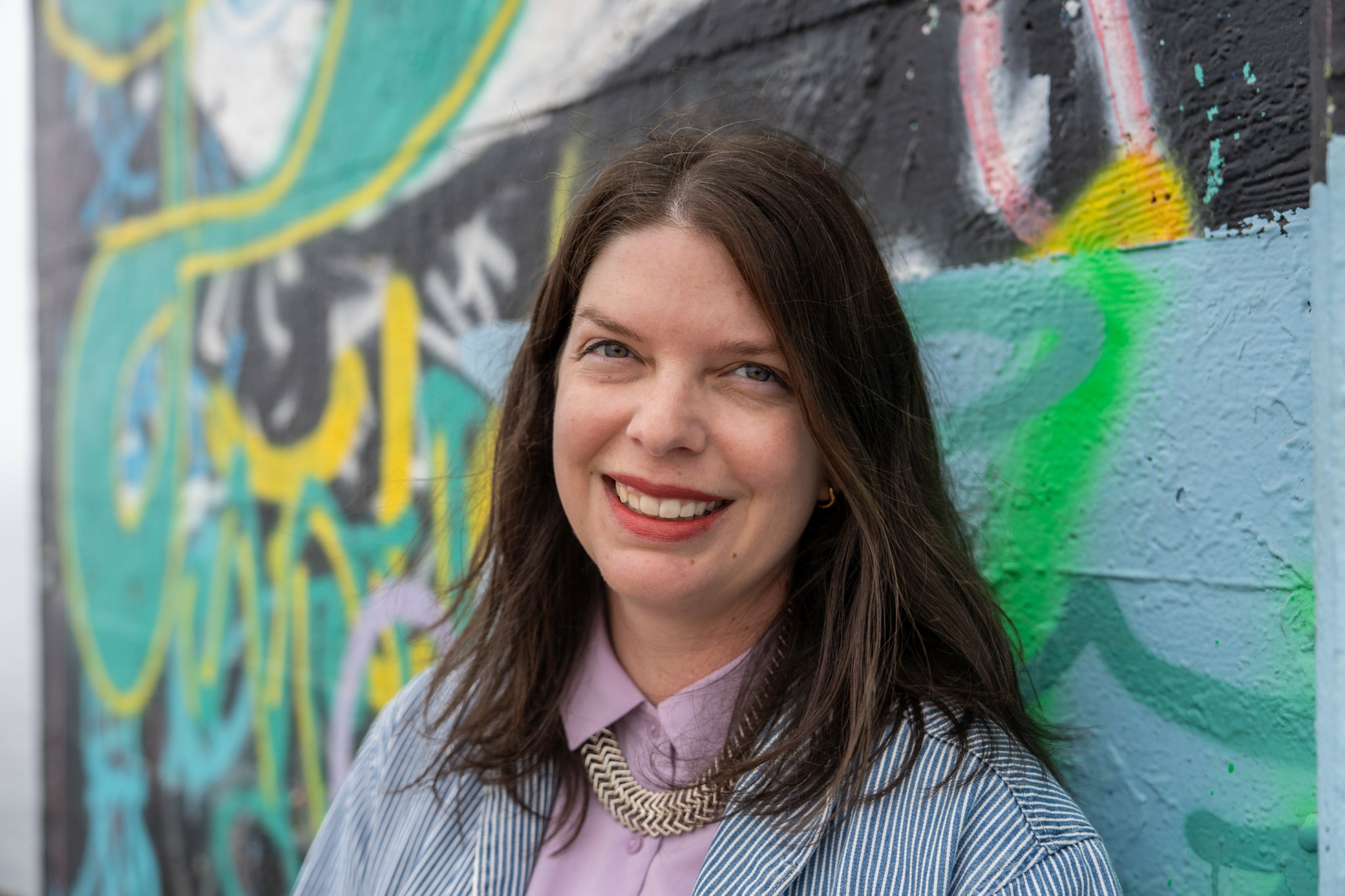We were lucky to catch up with Shawna Vesco Ahern recently and have shared our conversation below.
Shawna, thanks for taking the time to share your stories with us today Can you talk to us about a project that’s meant a lot to you?
One of the most meaningful projects I’ve worked on was curating the public art program for San Mateo County’s Office of Arts and Culture during the pandemic. At a time when the world felt fractured and isolated, I was tasked with imagining what public art could do—not just aesthetically, but socially, emotionally, and politically. We weren’t simply decorating the walls of the jury duty hallway. Rather, we were asking: How can art repair the civic fabric? How can it foster a sense of belonging, especially in communities that have long been excluded from cultural decision-making?
One of my first observations in the role was that the County’s public art program had room to better reflect the diversity of its communities. Through intentional partnerships with local nonprofits, various commissions, and community leaders, I grew representation significantly—eventually reaching a point where more than 80% of exhibitions featured artists who identify as BIPOC and/or LGBTQ+ and/or disabled, many of whom were exhibiting in institutional spaces for the first time.
The work was deeply collaborative: I co-authored civic policy, worked directly with staff to activate unexpected sites, and built relationships with artists, educators, and community members who helped shape the vision. What made it meaningful wasn’t just the end result—it was the process of shifting an institutional culture toward care, imagination, and equity. That experience continues to inform everything I do—whether I’m bringing artists into public dialogue through exhibitions, amplifying creative voices on Art Yap, or creating community-centered programming at Wall Box Gallery.
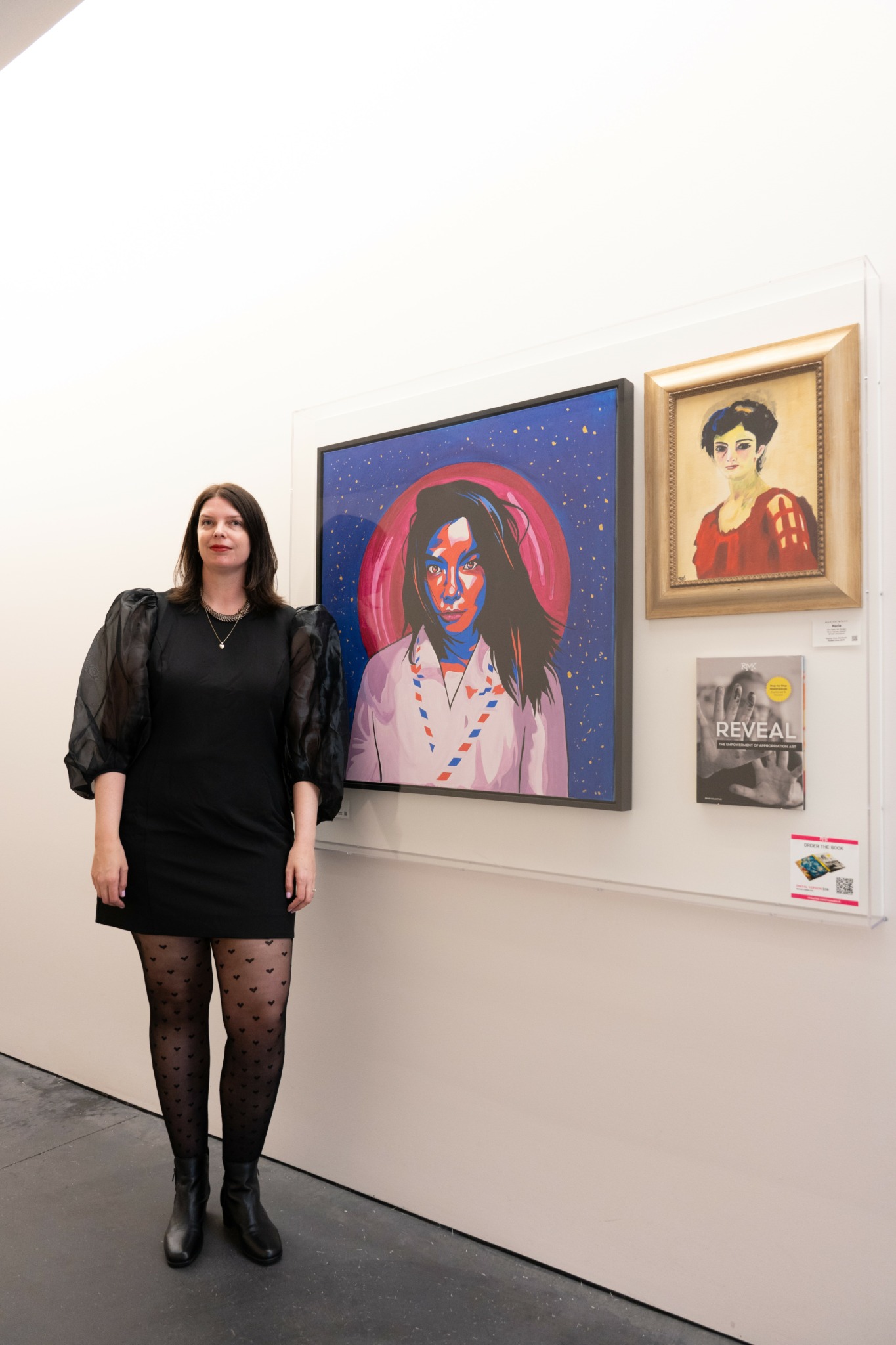

As always, we appreciate you sharing your insights and we’ve got a few more questions for you, but before we get to all of that can you take a minute to introduce yourself and give our readers some of your back background and context?
I’m a curator, storyteller, and small creative business owner based in the San Francisco Bay Area, and my work lives at the intersection of public imagination, cultural equity, and joyful creative exchange. I have a PhD in Literature, which means I’ve spent a lot of time thinking about how stories shape our lives—and I now apply that same critical and creative lens to the arts, whether I’m curating exhibitions, producing my podcast Art Yap, or designing community programs through my space, Wall Box Gallery.
Wall Box is a contemporary art gallery I founded inside a biotech campus in South San Francisco—yes, inside a science campus! That location isn’t just a fun twist—it reflects a core belief that drives my work: creativity generates creativity. I’ve seen firsthand how art can spark dialogue and a sense of possibility in spaces not traditionally associated with imagination. I’m currently expanding this model by offering wellness-centered creative programming for corporate teams and institutions—everything from pop-up exhibitions and artist talks to hands-on workshops that reconnect people to curiosity, collaboration, and play.
I got into this work because I’ve always been obsessed with the ways art helps us see ourselves—and each other—more clearly. I started out as an academic, teaching at universities like UC Santa Cruz, San Francisco State, and City College SF, but I eventually realized I wanted to build spaces outside the classroom where people could access the same sense of wonder and transformation. Since then, I’ve brought my skills to a wide range of cultural spaces—as an Art Curator for San Mateo County, a Communications and Public Programs lead at UC Berkeley, and through dynamic roles at apexart, The Tenderloin Museum, Goethe Institute, and Jenkins Johnson Gallery, where I helped bridge artistic vision with community engagement.
My creative practice is shaped by the belief that art is not a luxury or an afterthought—it’s a civic tool, a form of care, and a spark for collective imagination. That ethos runs through everything I do. At Wall Box, we host rotating exhibitions, artist talks, and participatory projects that bring art into people’s daily lives—whether they came to work in a lab or just happened to walk by. On my podcast Art Yap, I talk with Bay Area creatives—public art strategists, artists, project managers—about the behind-the-scenes life of the arts, and how creativity shows up in unexpected places.
What sets my work apart is its grounding in joy and rigor. I don’t just curate shows—I build experiences that help people feel seen and connected. I approach public programming with the belief that imagination is a muscle we all deserve to flex, especially in times of cultural fragmentation. And I always aim to hold space for complexity, for laughter, and for new ways of thinking.
I’m proud of the trust I’ve built with artists, institutions, and communities. My work has been featured in outlets like The New York Times, SF Chronicle, Artsy, and TimeOut, and I’ve presented at institutions ranging from Utrecht University to Henan University in Kaifeng. But what I care about most is how my work makes people feel: more hopeful, more curious, and more connected to one another.
For folks who are new to my work: I hope you’ll check out Art Yap podcast or stop by Wall Box. And if you’re part of a company or organization looking to bring more imagination into your space, let’s connect—I offer creative wellness programming, pop-up exhibitions, and custom workshops designed to spark inspiration and build community from the inside out.
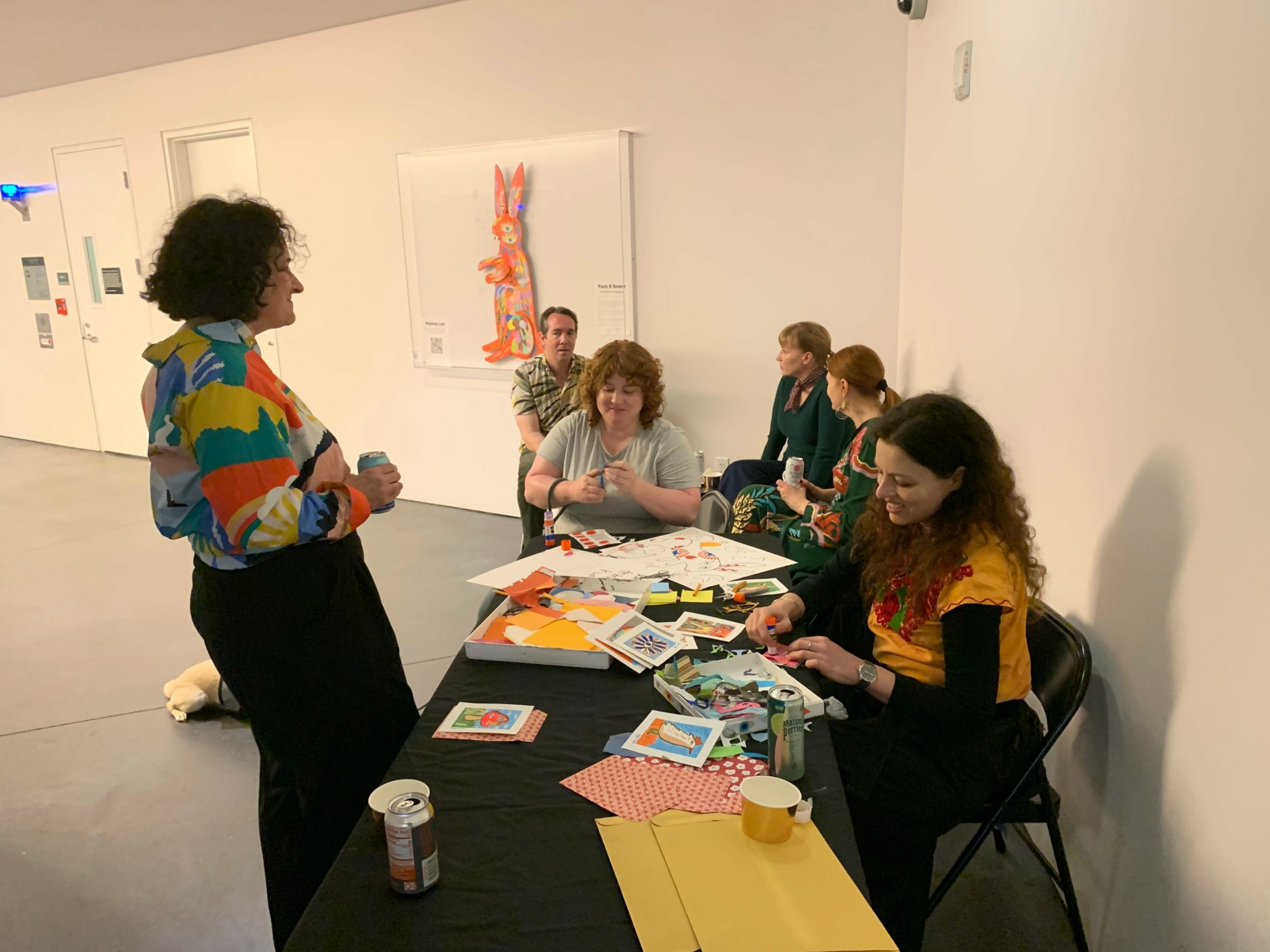
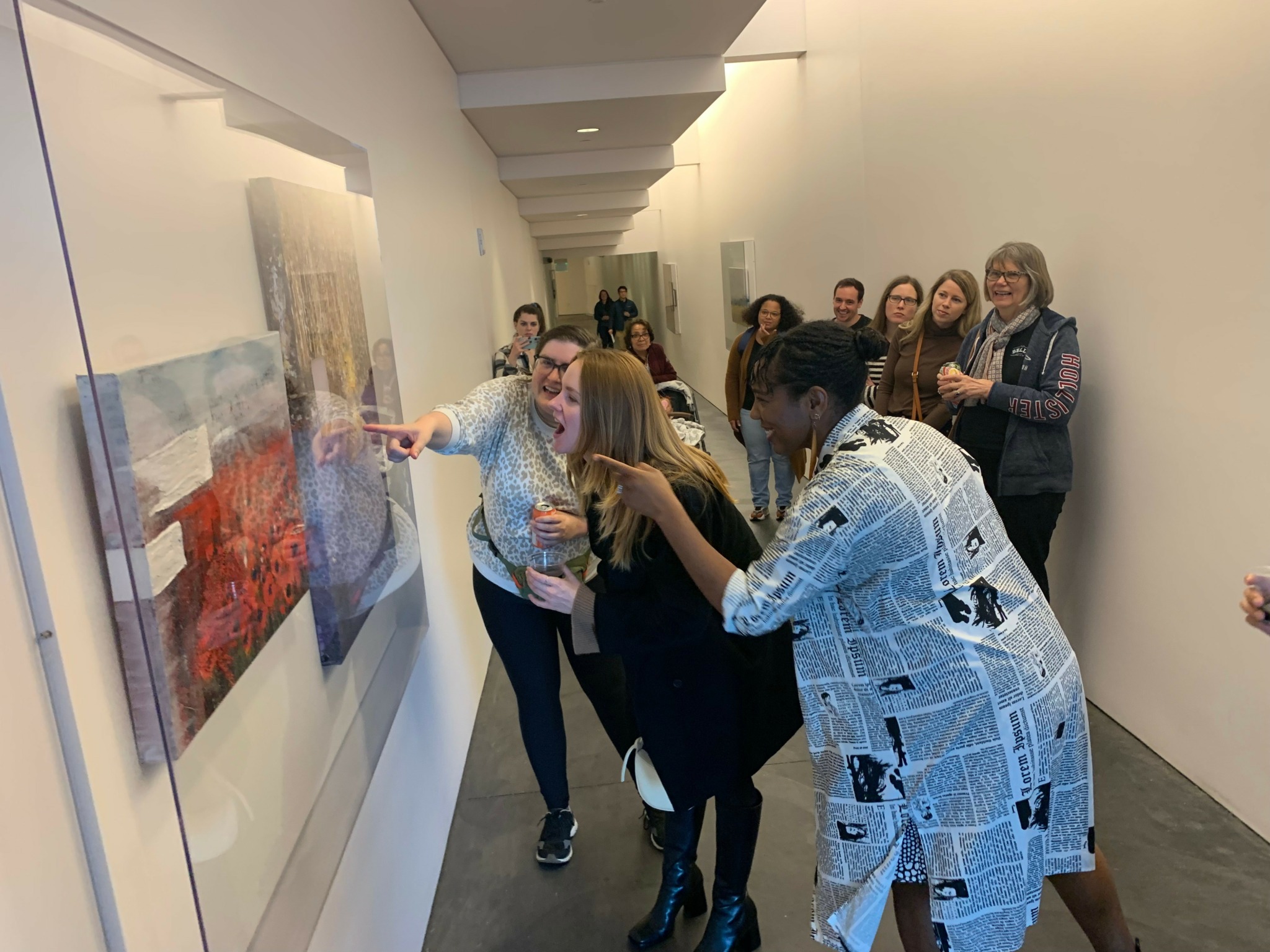
We often hear about learning lessons – but just as important is unlearning lessons. Have you ever had to unlearn a lesson?
A lesson I had to unlearn was that working hard and doing excellent, meaningful work would automatically lead to recognition, funding, or institutional support. I used to believe that if I just stayed focused on impact—uplifting artists, building community, creating joyful, equity-centered programming—everything else would follow. But in practice, I’ve learned that visibility, advocacy, and storytelling are just as critical as the work itself.
This lesson hit home during my time building arts programming inside government and academic systems. I was pouring energy into curating public art exhibitions, co-authoring policy, and radically increasing representation in County-wide shows—but much of that labor happened behind the scenes. The impact was real, but I wasn’t always being credited for it or resourced to sustain it. It took a toll.
The unlearning came when I realized that staying quiet in the name of humility wasn’t serving me—or the communities I was trying to uplift. So now, I make space to name the work. I treat storytelling—through my podcast, my writing, my talks—not as self-promotion but as a public-facing continuation of the values I bring to curation and community building. I’m learning that transparency, visibility, and self-advocacy can be acts of care, too.
That shift is what inspired me to start Art Yap podcast: I wanted to lift the curtain on what arts workers actually do, and to celebrate the quiet, powerful labor behind the scenes. It’s been healing and galvanizing—not just for me, but for the many guests and listeners who’ve told me they finally feel seen.

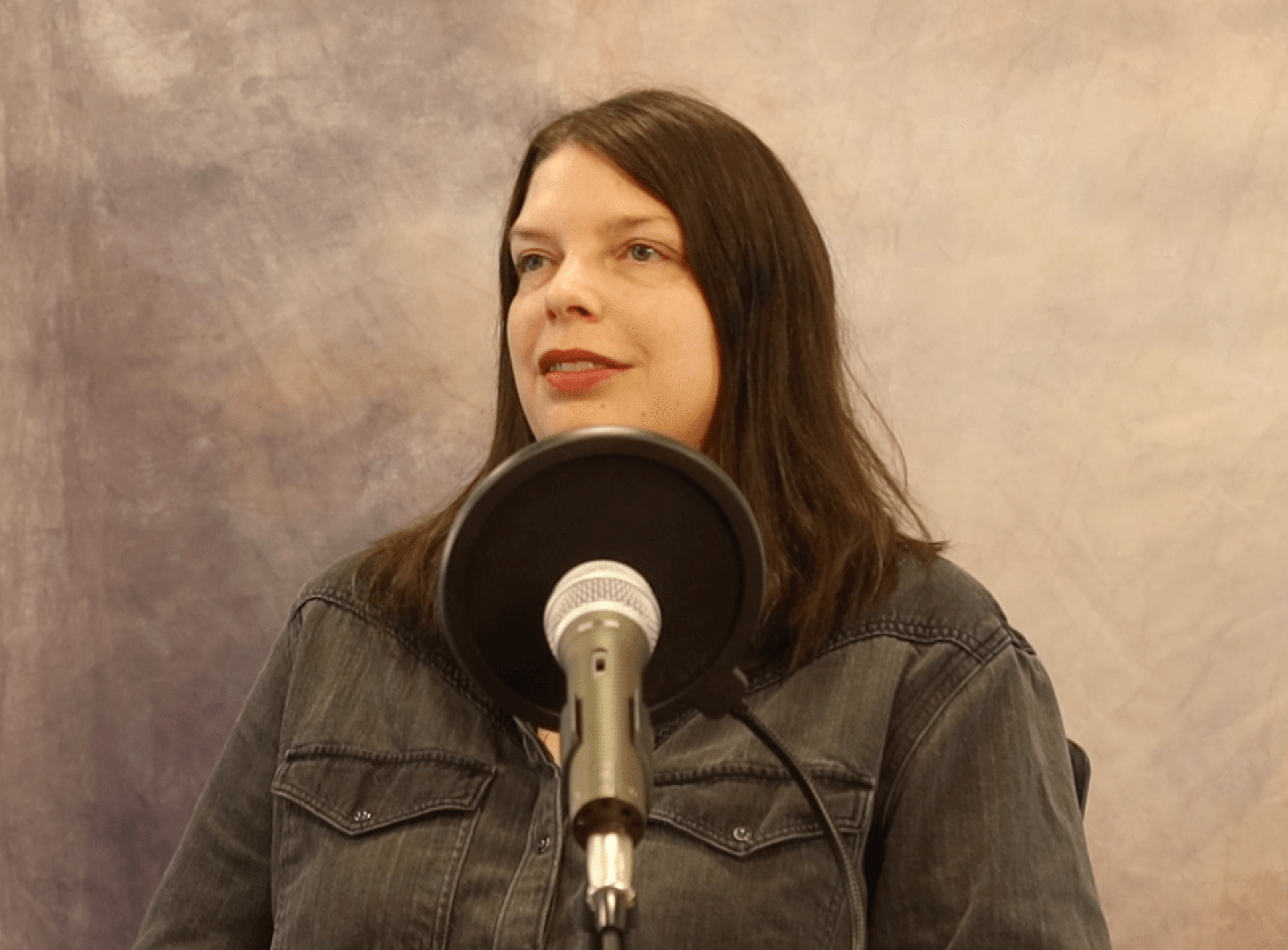
Let’s talk about resilience next – do you have a story you can share with us?
A few years ago, I was diagnosed with ovarian cancer while working at the Tenderloin Museum. It was one of the most intense periods of my life—physically, emotionally, and professionally. Shortly after, the pandemic hit, and then I became pregnant with the first of my two children. It felt like the entire foundation of my life shifted in a matter of months. Amid all that upheaval, I stepped away from certain roles—not because I lacked commitment, but because I was prioritizing survival, healing, and the new life I was bringing into the world.
For a long time, I worried that these pivots made my résumé look choppy, or like I “quit” jobs. But what I’ve come to understand is that these moments actually sharpened my vision. They helped me clarify what kind of creative life I wanted to build—not one based on grind culture or institutional loyalty at all costs, but one rooted in care, adaptability, and purpose.
And I didn’t stop making. I launched a gallery inside a biotech campus. I developed public programs rooted in joy and equity. I created Art Yap, a podcast that honors the behind-the-scenes labor of artists and arts workers. My path hasn’t always followed a traditional arc, but it’s been resilient, imaginative, and deeply human. I wouldn’t trade that.
What I’ve learned is that resilience isn’t just about pushing through—it’s about redesigning your world so that it makes space for the things that matter most. That’s the energy I bring to every project I take on.
Contact Info:
- Website: https://www.wallboxgallery.com/
- Instagram: https://www.instagram.com/wallboxgallery/
- Linkedin: https://www.linkedin.com/in/shawnavesco/
- Youtube: https://www.youtube.com/@ArtYapPodcast
- Other: https://www.instagram.com/artyap_podcast/
https://www.instagram.com/shawna_vesco/

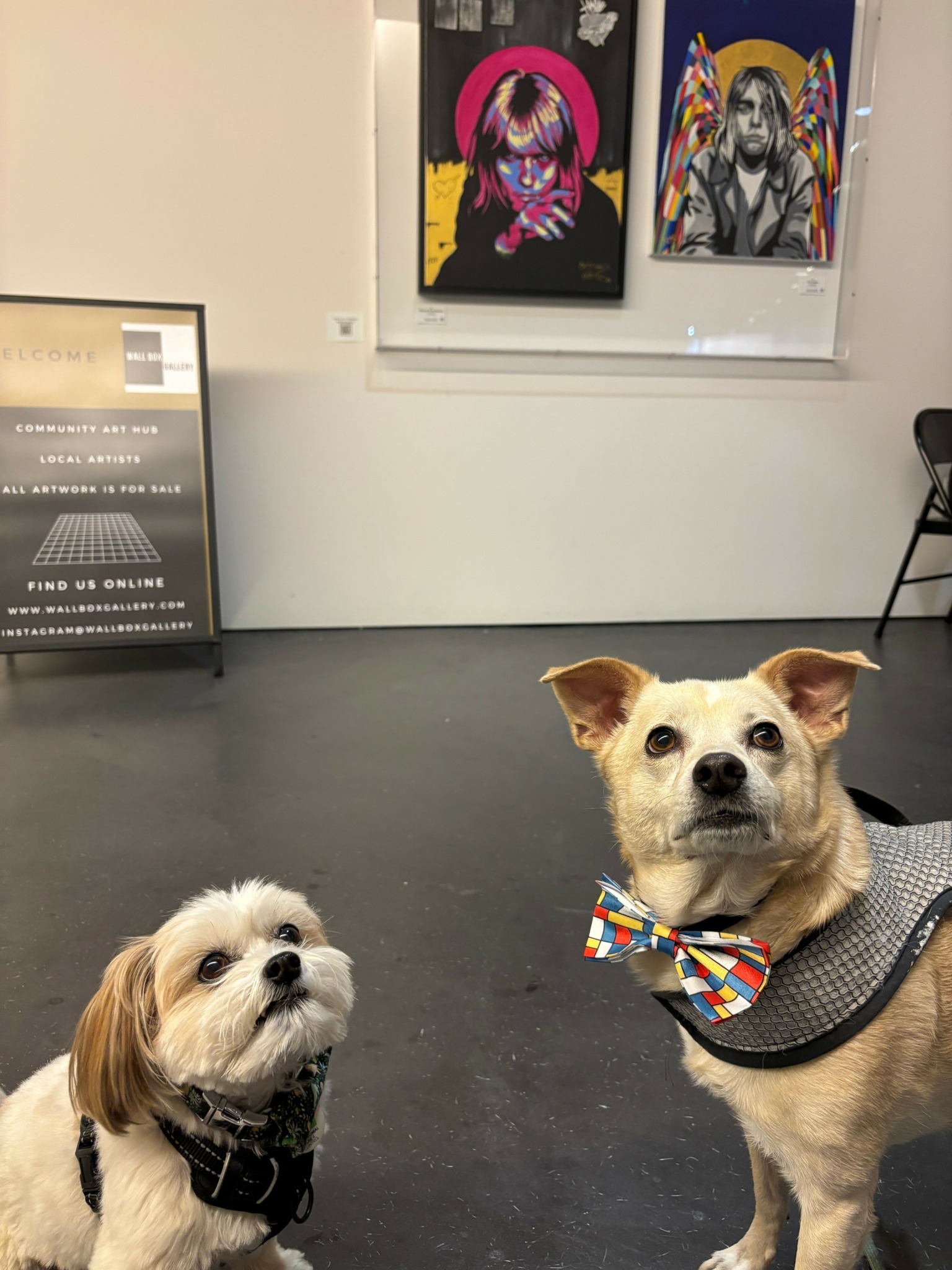
Image Credits
Morgan Saunders, headshot


